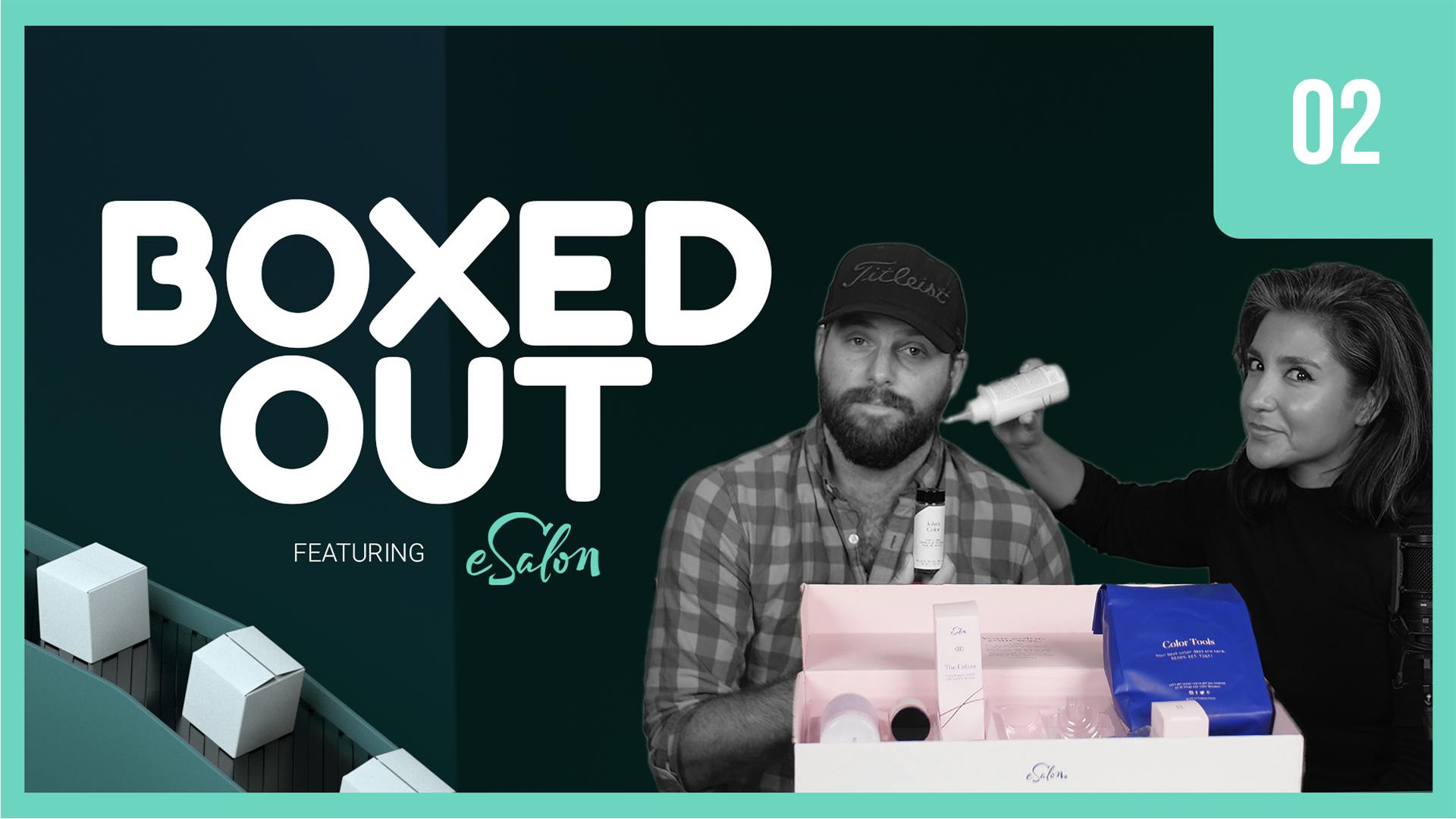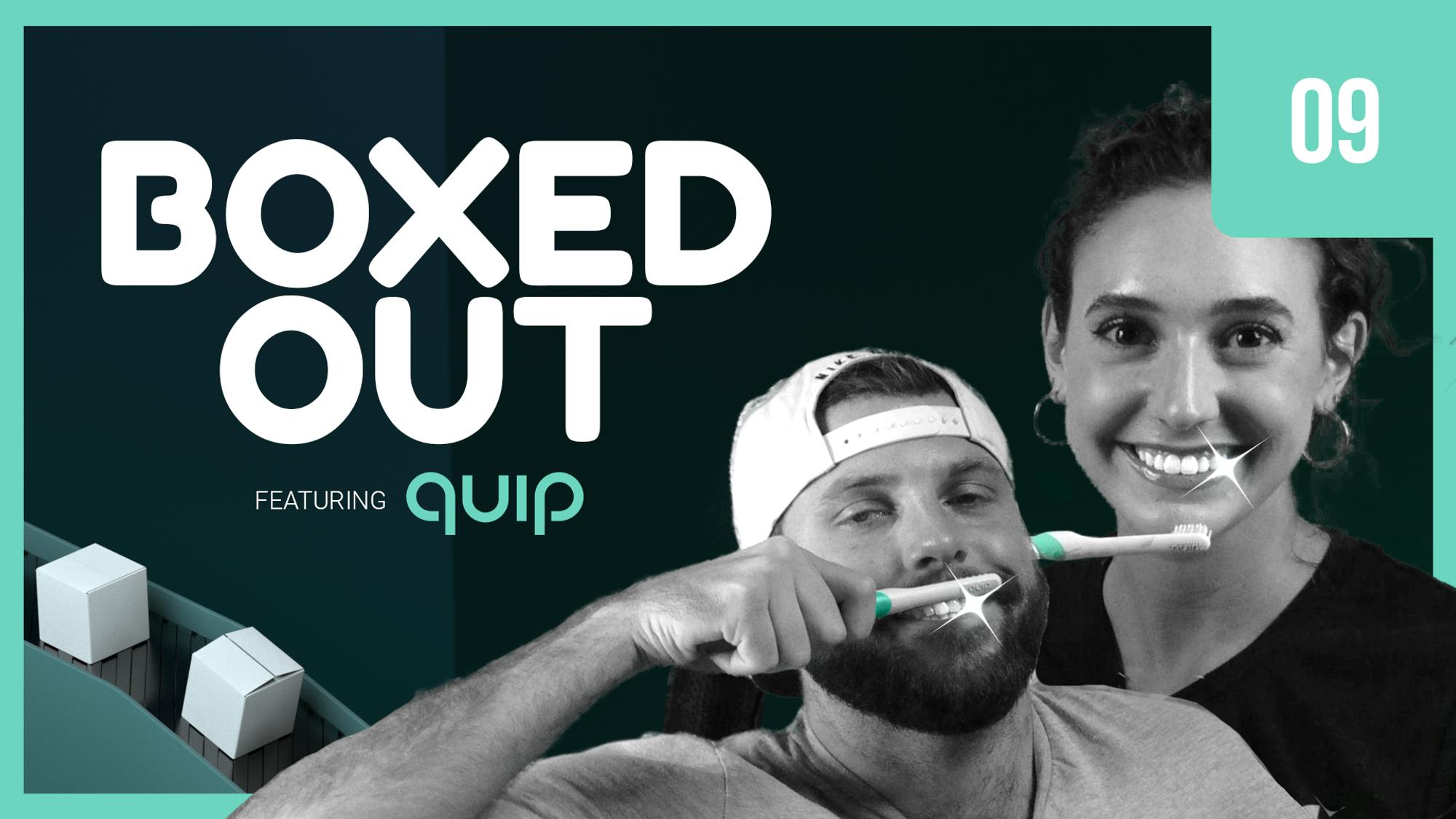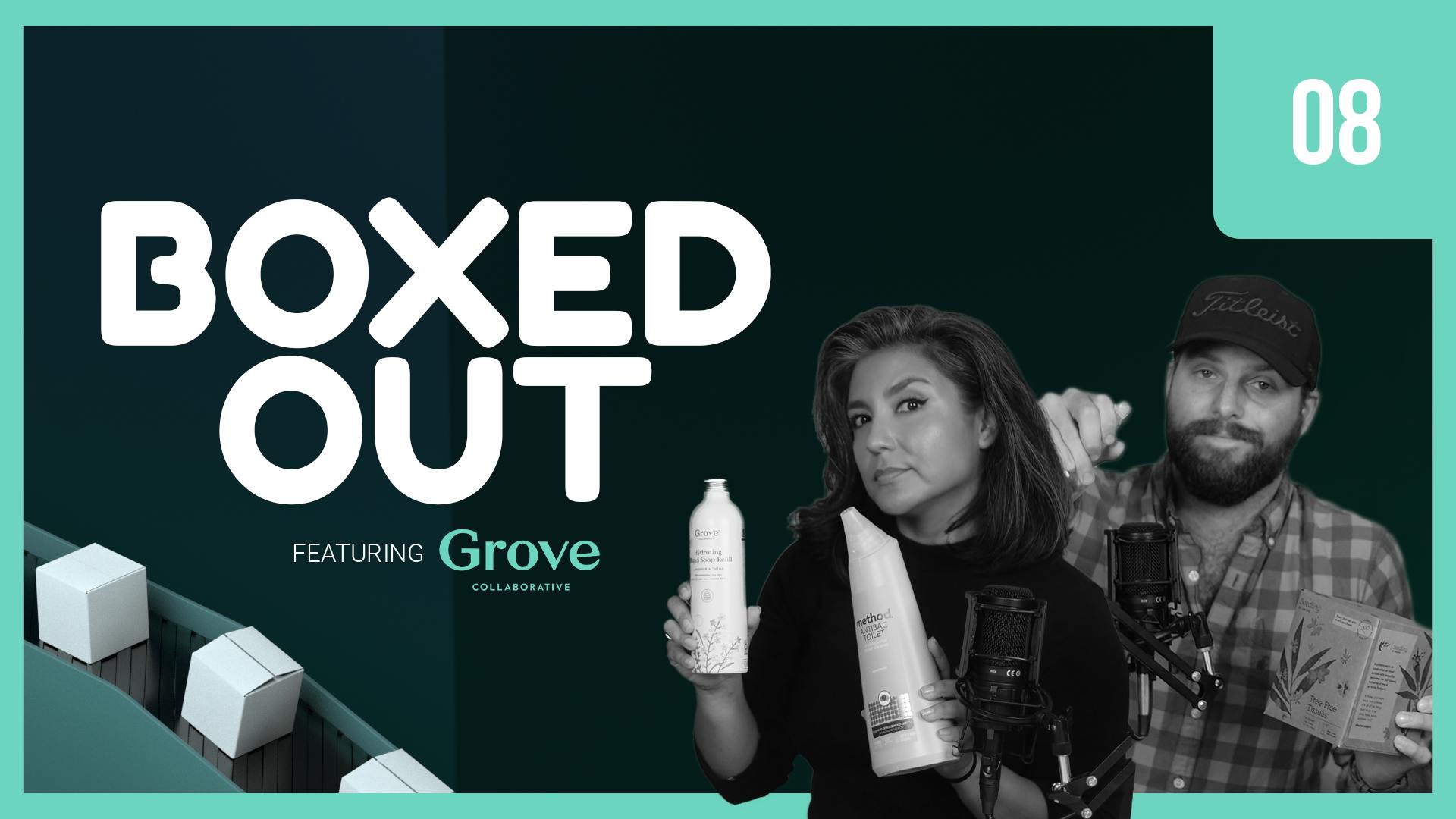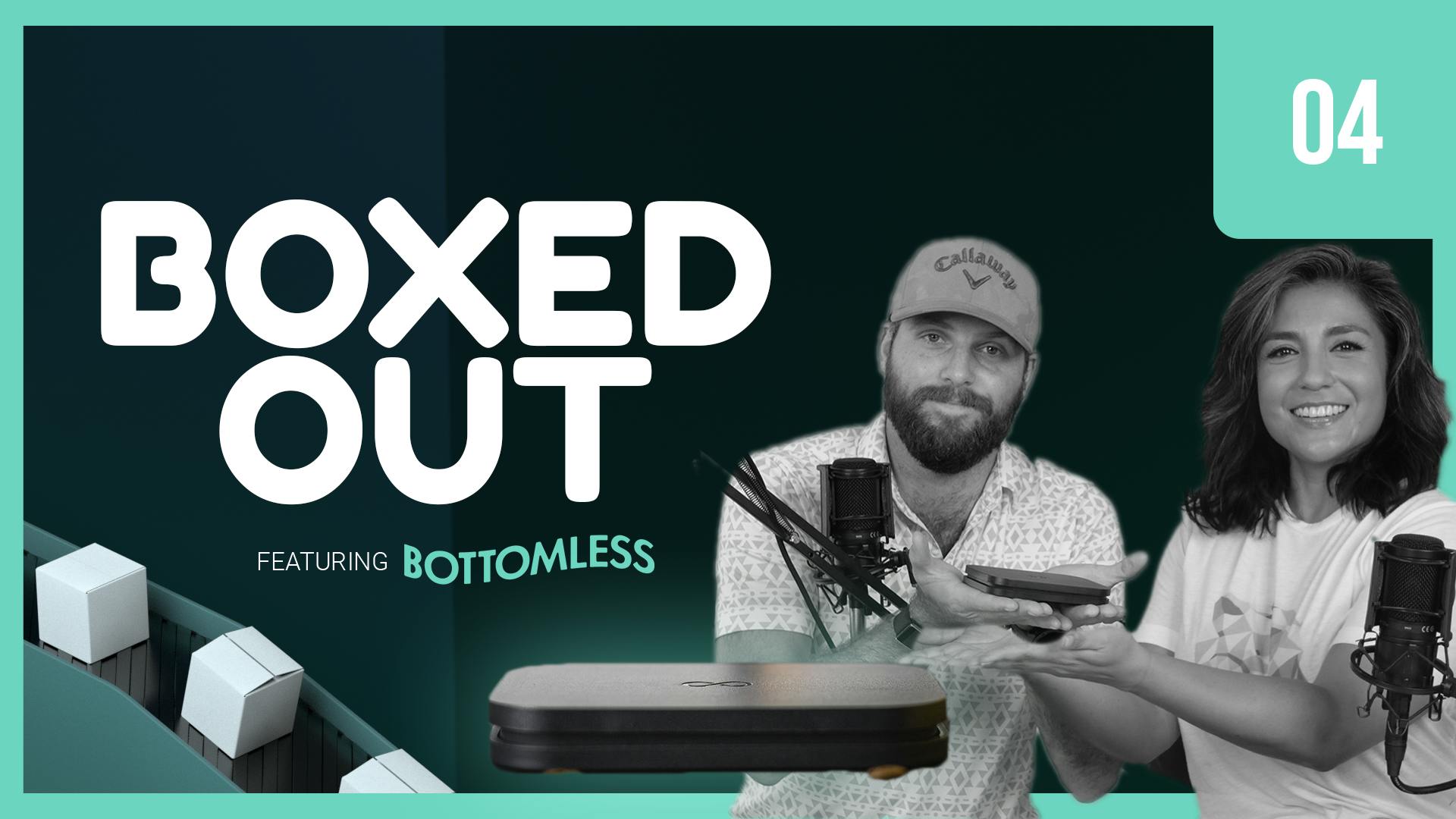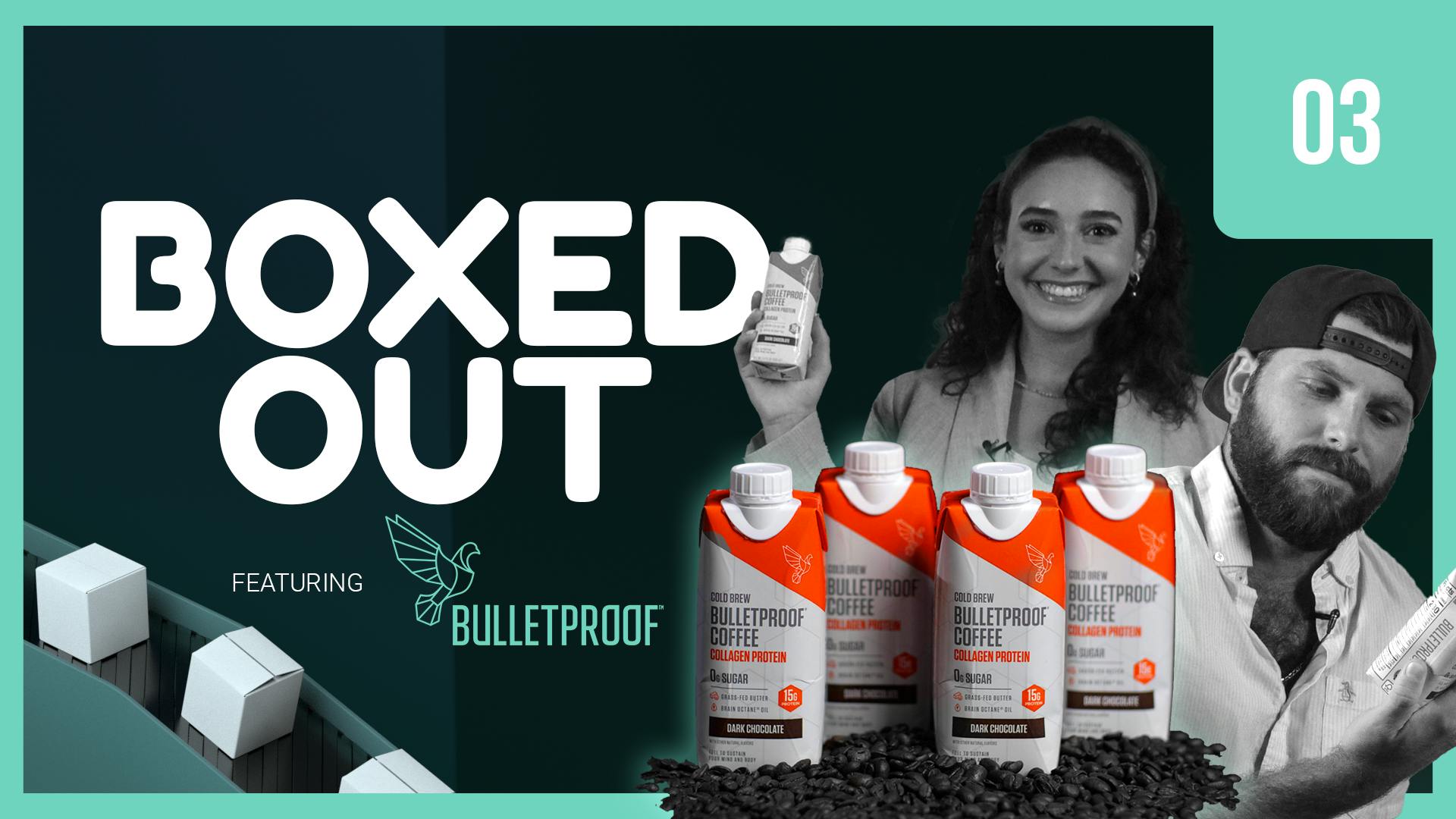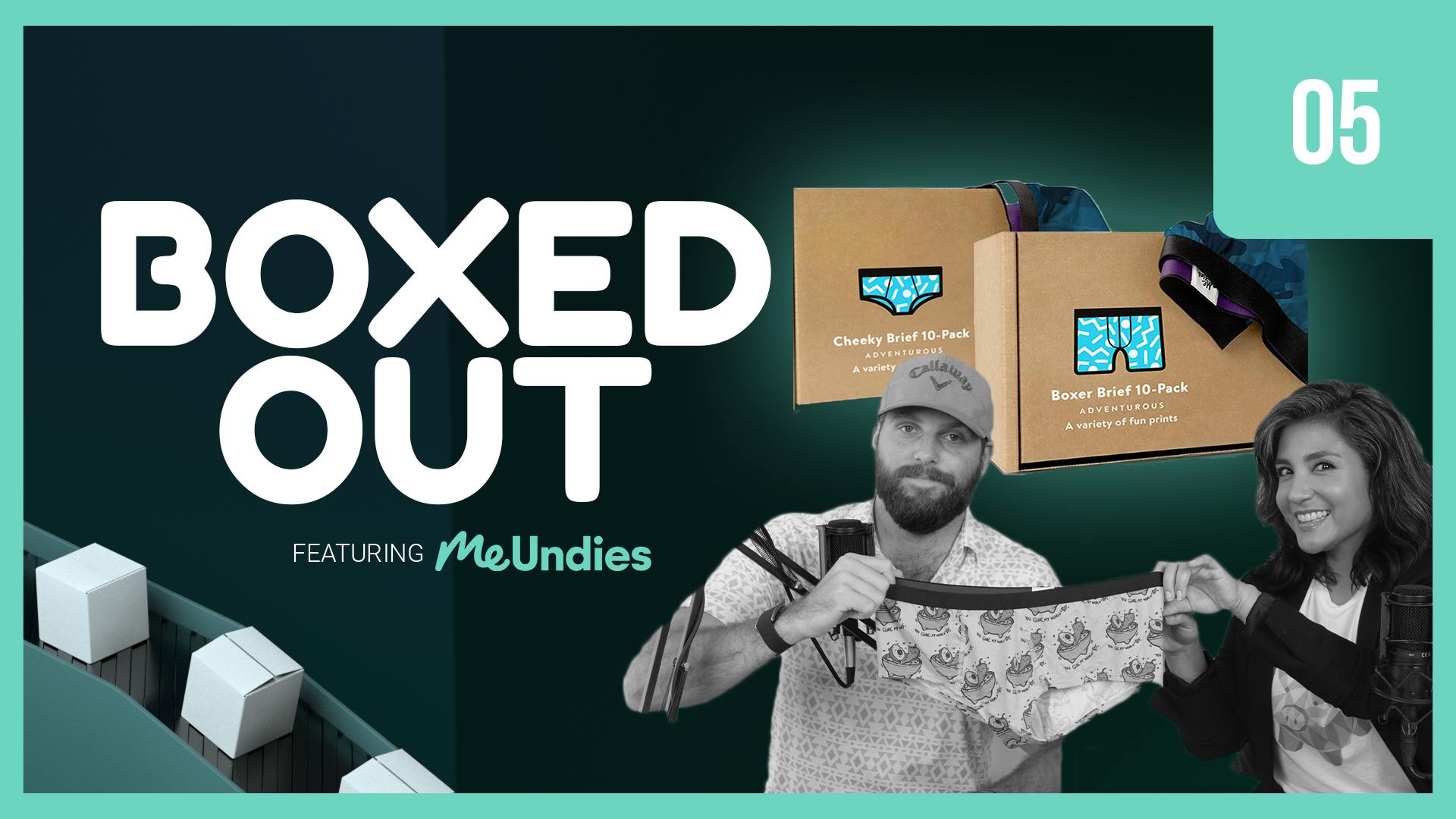
As competition heats up, can Blue Apron continue to deliver?
This episode might reference ProfitWell and ProfitWell Recur, which following the acquisition by Paddle is now Paddle Studios. Some information may be out of date.
Please message us at studios@paddle.com if you have any questions or comments!
Today we're talking about Blue Apron, a company that's revolutionized the meal-kit industry. We're going to learn how Blue Apron successfully entered an untapped niche by listening to its customers and then we're going to jump into what they're doing great — and not so great — with their subscription retention strategy, wrapping this all up into a nice case study for improvements for your own brand.
Since it started operations, Blue Apron has inspired a host of competitors. But with its wide-ranging product offerings and focus on providing a complete experience, Blue Apron, now a multi-billion subscription service, is still the dominant player in the meal-kit niche.
Key takeaways:
- Add-ons significantly increase LTV
Add-ons are one of the most underutilized tactics of subscription companies. A lot of brands will add the one-time add-on, but subscription revenue add-ons are clutch.
Dig deeper into finding items that are a logical pairing with your core product. Lifetime value for customers with at least one add-on is typically 18%-54% higher than those without, not only because the customer is buying more, but because they tend to stick around longer. - A smooth cancellation flow reduces churn
Offer smooth offboarding with a one- to two-question survey on why a customer is leaving, leading to a salvage offer or pause plan. It’s just enough friction to reduce some churn and not hurt the long-term possibility of reactivations.
Proper salvage offers and a clear offboarding experience tend to save 15%-30% of cancellations. - Blue Apron needs to upscale their credit card failure process
When a credit card fails or declines, you should absolutely include an intelligent email drip campaign based on the customer's behavior. Include the following: - Four to five plain text emails (these aren’t sent when a credit card goes back on file).
- SMS messages in the flow
- Liven up the credit card form to properly capture the customer back in a more secure, branded, and pleasing way.
Blue Apron
Cooking is a gratifying experience. After a grueling day, few people would say no to a steaming, delicious plate of food sitting on their dining room table. The creation of these meals entails following a recipe, which can be easier said than done. Typically, to get a desired meal onto your table, you have to make a trip or two to a grocery store. Sometimes, it’s not guaranteed that you’ll find all your needed ingredients at said store. Above all, it’s important to understand the steps that go into preparing a particular meal in order to attain desired results.
Now, here’s the rub: most people don’t know how to cook the meals they crave, which means they often turn to expert chefs in various restaurants. In the long run, this can be a costly undertaking. With increasingly busy lifestyles, customers are seeking convenient options more and more. The meal-kit industry has exploded as a result and now has an estimated worth of $11.6 billion.
Though Blue Apron’s offerings led the meal-kit industry in the US, the concept of an ingredient-and-recipe meal-kit service is not necessarily an original business model. The idea is largely attributed to Kicki Theander, a Swedish mother who launched Middagsfrid in 2007. This business offered ready-packed grocery bags with predefined recipes delivered directly to customers’ doors.
Blue Apron owes its existence to three founders: Matt Wadiak, Ilia Papas, and Matt Salzberg. This trio started sending boxes with ingredients for various recipes in August 2012. Working as an associate at Silicon Valley Investment Firm, Salzberg resigned in 2011 to start a business with Papas. Although they agreed that Blue Apron’s model was worth investment, they lacked experience in the meal-kit industry. This prompted them to bring Wadiak, a celebrated dinner caterer, onboard. Wadiak ditched his avocado and truffle wholesaling business to work as Blue Apron’s COO and food expert. During the company's inception, the trio delivered the meal-kit boxes from their Long Island City-based commercial kitchen. Once it started operations, Blue Apron grew at a fast rate and became the country's first ingredient-and-recipe meal-kit service.
Blue Apron's success
As a fresh ingredient-and-recipe ecommerce business, Blue Apron's success stems from two key factors.
First, the founders leveraged a rare opportunity. Before Blue Apron started operations, there was no meal-kit service in the U.S. By entering this untapped niche, Blue Apron appealed to many customers by easing meal preparation and saving customers time in meal planning and ingredient shopping. Another benefit is that Blue Apron’s recipe selections introduced customers to wide-ranging foods to which they otherwise would have remained oblivious. Within a short period, Blue Apron became a celebrated brand throughout the U.S.
Second, Blue Apron listened to its customers. It constantly gathers consumer feedback and uses these insights to better optimize offerings. The brand understands what’s important to its customers and adapts to their changing needs.
Although it began as a meal-kit service in the US, Blue Apron has morphed into a multifaceted entity and now dominates multiple niches. Its offerings include fresh ingredient-and-recipe meal kits, summer wine bundles, kitchen tools, pantry, and bulk wines. However, the meal-kit service is the company's core focus.
The subscription meal-kit box contains delicious, chef-crafted recipes and consciously sourced, healthy ingredients. Following a set of simple how-to instructions, customers can cook their desired food easily. Blue Apron also sells highly discounted wine that can accompany its meals. The company's curated assortment of utensils, cooking tools, and pantry items has made it a celebrated brand in the US.
Since it started operations, Blue Apron has inspired a host of competitors. Among these include Home Chef, Sunbasket, Freshly, and EveryPlate. Nevertheless, with its wide-ranging product offerings, Blue Apron, now a multi-billion subscription service, is still the dominant player in the meal-kit niche.
Fit for even the pickiest eaters, Blue Apron is poised to continually revolutionize the meal-kit industry while catering to the dining needs of many health-conscious and time-constrained customers.
Retention Review
Not everything's amazing about Blue Apron’s strategy—but there’s still a lot to learn from it. It does a great job at appealing to its niche part of the market and expanding that niche steadily. That being said, we need to remember: retention is key and an area where most brands mess up.
Why is retention important?
You spend half of your budget and time acquiring customers, but to be successful, you need to keep them. The beauty of the subscription model is that the relationship with the customer is baked directly into how you make money. If that customer is happy, they'll keep buying from you in the long term. If they're upset or not seeing the value, they'll cancel—quickly.
Plus, money talks here. Subscription ecommerce companies using the tactics we're going to talk about have 2x the customer lifetime value (LTV), 2x the average order value, and 3x higher growth rates, because they're not worried about plugging a leaky retention bucket.
To highlight the importance here, let's look through Blue Apron's retention strategy and break down what they're doing well, and not so well, so you can learn for your own DTC business.
Retention has three parts:
- Active churn, which are customers who are actively choosing to cancel your product.
- Expansion revenue, which are your existing customers that buy more product.
- Delinquent (or involuntary) churn, which are customers who's credit card or payment has failed, which sadly is one of the largest single buckets of where you're losing money.
Active Churn
When we look at Blue Apron's active churn, there are so many reasons why a customer may cancel—some you can control, others you can't. We want to make sure Blue Apron is not only setting up their customers for long-term retention in the initial purchasing process, but that they're also collecting information on why someone's cancelling, if they so happen to, in order to get a clean cycle of retention improvement.
Let’s start with the good. Blue Apron does a really good job addressing objections customers may have to purchasing its meal kits. It does this right upfront by positioning what the product is vs. what it isn’t. Sometimes, we get so caught up in trying to convert a customer that we ultimately forget the entire point is for a customer to stick around for a long time.
Brands watching should make sure they’re positioning in this “here’s what we are” and “here’s what we’re not” manner to ensure that they’re attracting the right customer. Of course, that requires you to understand your customer segments, which means you need to talk with them and collect data.
More tactically, Blue Apron’s onboarding flow was really good. We noticed how it has a number of subscription options for customers to choose from, including sliding scales for the amount of people in your family and the total number of meals. I also like that they’re pretty upfront that this isn’t a solo adventure. Most of Blue Apron’s long-term customers end up being couples or families that view meal-making as an event rather than just a source of sustenance.
My favorite part of the onboarding experience is that when you select your meal-sizing preference, you’re asked for an email address. This ensures that if I drop off, Blue Apron can nurture me back since it has my contact details. After completing this step, customers are put on a page with preselected meal options, but they can also adjust these meals to select ones they want. The pictures of meals are vibrant, which is great because it gets customers engaged with customizing their orders and gets them excited about the meal.
It’s definitely food porn. The big takeaway for your brand is to make sure you’re showing off your product at the right time and giving some customization ability for your customer. We found that those customers who go through a customization flow tend to retain at a 10%-15% higher rate than those who don’t. This was based on a study we did on 3,000 subscription ecommerce companies.
One not so great aspect of Blue Apron is its lack of a cancellation flow. The cancellation process is so buried I had to talk to chat support to find it. The language is super ambiguous too. It’s hard to not think this was done purposefully, and while you don’t want to just let your customers walk away, you also don’t want to hold them hostage. Blue Apron’s experience falls a little too close to the latter example. Once I figured out how to cancel, I had to go through an annoyingly convoluted process which had a lot of the typical offboarding options, but presented them in a confusing and problematic way.
It’s pretty bad, and I’m sure this is one of those design-by-committee problems since I doubt any single person looked at this and thought “Oh, it’s ok that this process is so confusing.” What’s worse is that most of the value statements are just statements and don’t actually push me towards a salvage offer or a pause plan.
Normally, we’d commend Blue Apron on at least having something in this section since so many subscription ecommerce brands don’t have offboarding processes at all. This is one example we’ve come across, however, where something may actually be worse than nothing. I’m sure Blue Apron is aggravating a good number of folks with this process and missing out on saving cancellations.
Expansion Revenue
Expansion revenue is crucial, because your existing customers are more than willing to buy 3x more from you—you just have to make sure to ask. Plus, those customers who have at least one add-on or additional purchase tend to have 18-54% higher lifetime value, meaning they're paying you more over the life of the subscription, but they're also sticking around longer, because they're more ingrained within your product.
Blue Apron is actually doing really well here. I am a wine lover, so I’m a little biased here, but I absolutely love its add-on flow with the wine subscription. These meal prep companies like Blue Apron have pivoted toward the experience rather than just the utility of its food offerings. And food and wine is the perfect pair. It’s an easy add-on that fits perfectly with its brand and creates that complete experience of having it all delivered to your door.
Keep in mind too that this is a recurring subscription add-on. A lot of brands will add the one time add-on, but subscription revenue add-ons are clutch. For your brand you should dig deeper into finding items that are a logical pairing with your core product because lifetime value soars from customers paying more and typically sticking around much longer.
The add-on train keeps moving as Blue Apron has hidden land-mine add-ons throughout the entire recipe-choosing process. Any time you make even a small change to a recipe, you get served with an upsell that may mix premium meals with regular options. Overall, the Blue Apron add-on strategy is just a master class in expansion revenue.
Well, maybe not every time, but it does do a great job with upsells when you’re opting for premium ingredients or meat. Plus, the add-on prices take advantage of the idea that I’ve already committed to an expensive subscription product, so $4 here or $8 here isn’t a big deal. I barely realize that my order value just keeps going up and up and up.
Blue Apron is a master class in expansion revenue and a perfect case study for any subscription ecommerce brand looking to improve in this area.
Credit Card Failures
Now let's talk about the sexiest topic in the world—credit card failures. We know you don't wake up sweating in the middle of the night thinking about credit cards—that's our job—but here's why we obsess over things like this: just under 40% of the customers that leave you are leaving you because of failed payments. To get these folks back, we want to make sure Blue Apron is treating these folks like a marketing channel, sending them messages before the point of failures, all the way to after the point of failure through email and text messages.
Like most brands, this is where Blue Apron needs a good amount of work. We got some emails when our credit card failed, but they were over-designed with weak messaging. Instead, Blue Apron should send four to five plain-text emails that appear as if they’re coming from a person rather than giving off a markety vibe. Plain-text works so much better than HTML because they build reciprocity with the customer who may feel more obligated to respond to a real “person” instead of just archiving the email.
Don’t forget SMS notifications either. These messages get 90% open rates within three minutes. Don’t overdo it, but a text message or two with those emails will ensure you get a response in a hurry.
Another aspect that is powerful here is making sure that you’re retrying the card in an intelligent way and not just randomly. There are 130 different reasons for credit card failure. Most of them are outside of the customer’s control. A way to easily get customers back is to have a good system for strategically recharging cards.
Not to pile on Blue Apron, but once you click on one of its credit card failure emails, it forces you to log in to update your payment method. Most subscription ecommerce customers don’t remember their login and really don’t want to go through a mobile experience that isn’t optimized for them to update it. The best brands out there don’t require logins for updating payments, which allows customers to smoothly update things.
Based on what we’re seeing here, I think Blue Apron could actually double their current recovery rate by improving this experience.
Overall:
Overall, Blue Apron is doing probably about average compared to what we see from other subscription ecommerce brands. There’s still some work to be done and some key changes that need to be made.
Let's revamp. First though, why do we feel we have any authority to even talk about this? Roughly 20% of the entire subscription market is using ProfitWell, so we're sitting on more data than anyone else. Simply put, we have the data to know what works and what doesn't, and we care more about this problem than anyone else out there.
Let's walk through what we'd steal and what we'd change immediately about Blue Apron's retention strategy, so we can all learn for our own brands.
Steal it
Blue Apron's add-on strategy is on point
So first up, what should subscription ecommerce companies steal from Blue Apron?
We already gushed about it, but its entire expansion revenue strategy is fantastic. It’s well thought out and worth stealing. It presents recurring add-ons and one-time add-ons throughout the checkout flow, and they are never presented in a burdensome manner. They naturally fit into the flow of signing up or managing your account.
The big takeaway for your brand is to take a step back and actually create an expansion strategy. Some of these add-ons can come from just natural “next-step” thoughts: “oh, we should offer dessert or wine with our meals.” Other add-ons will come from strategic forethought and planning.
Change it
Cancellation flow needs improvement
A big piece of Blue Apron’s process we’d change is the cancellation flow. Right now, it’s as if the good bones are there, but it’s so messy and convoluted that it’s not doing what it should. Blue Apron is definitely losing a lot of revenue with no salvage offers.
Not all customers who cancel are lost forever. Sometimes, customers cancel because of timing or vacations or a whole slew of other things that have nothing to do with your brand. Instead, offer up a smooth offboarding experience with a one- to two-question survey on why they are leaving that leads to a salvage offer or pause plan. It doesn’t create a ton of extra friction and will reduce churn and increase the long-term possibility of reactivation.
We’ve found that companies that properly present salvage offers within a clear offboarding experience tend to save 15-30% of cancellations. This is based on a study we completed surveying over one thousand subscription ecommerce companies.
Credit card failure process needs upscaling
Blue Apron needs to upscale its credit card failure process. It isn’t a small brand anymore and should stop acting like one with its current process because it’s losing a lot of money by doing the bare minimum. It needs four to five plain-text emails that go out in an intelligent drip sequence based on customer behavior. These should stop sending once customers update their credit cards on file. Blue Apron should include SMS messages in this flow. It can also liven up its credit card form a bit more to better capture users in a more secure and visually pleasing way. By making some of these changes, Blue Apron could likely double its recovery rate.
Who's up next?
Up next week is eSalon, a company that's revolutionized the home hair color market. We're going to learn how eSalon is killin’ it with its customization and convenience.

